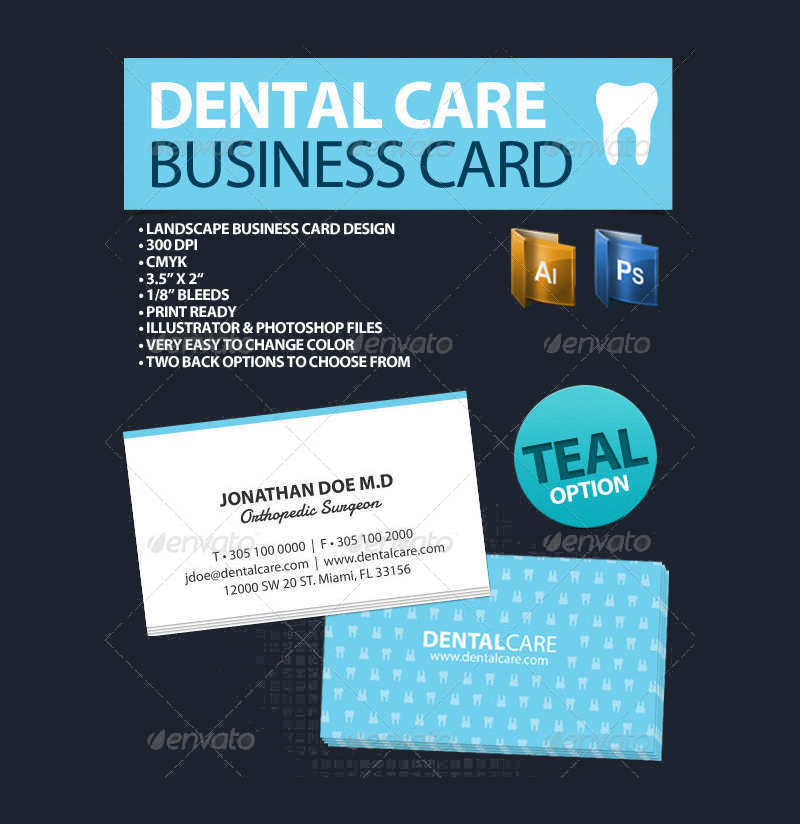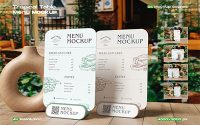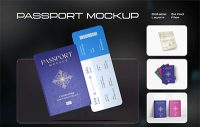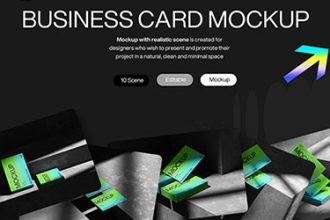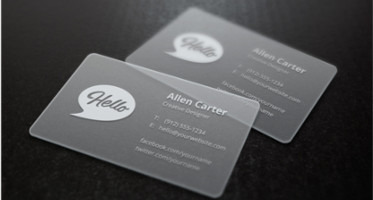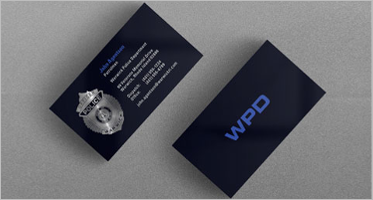In an era dominated by digital marketing and online presence, the humble business card might seem like a relic of the past. However, for dental professionals, a well-designed business card remains a potent tool for making lasting impressions and fostering connections. In this article, we explore the significance of dental business cards and offer insights into creating impactful designs.
The First Impression: Making it Count
In the realm of healthcare, trust and credibility are paramount. A dental business card serves as the initial point of contact between a practitioner and a potential patient. It’s more than just a piece of paper; it’s a representation of your professionalism and expertise. A well-crafted business card can leave a lasting impression, conveying not only your contact information but also your commitment to quality care.
Building Brand Identity: Consistency is Key
Consistency in branding is essential for establishing a strong presence in the competitive healthcare landscape. Your dental business card should reflect the overall branding of your practice, including your logo, color scheme, and typography. Consistent branding creates a cohesive identity, making it easier for patients to recognize and remember your practice. Whether it’s a sleek minimalist design or a vibrant illustration, ensure that your business card reflects the essence of your brand.
Beyond Contact Information: Communicating Value
While contact details are essential, a dental business card offers an opportunity to communicate the unique value proposition of your practice. Consider including a brief tagline or a list of services offered. Highlighting specialized treatments, such as cosmetic dentistry or pediatric care, can help differentiate your practice from competitors. Remember, your business card should not only provide contact information but also convey the benefits of choosing your practice for dental care.
Design Elements: Striking the Right Balance
Effective design is a delicate balance between aesthetics and functionality. When designing your dental business card, pay attention to elements such as layout, color, and typography. Keep the design clean and uncluttered, ensuring that essential information is easily accessible. Incorporate high-quality images or graphics that resonate with your target audience. A visually appealing business card not only grabs attention but also reflects the professionalism of your practice.
Embracing Innovation: Interactive and Digital Solutions
While traditional printed business cards remain popular, embracing digital alternatives can enhance engagement and convenience. Consider incorporating QR codes that link to your practice website or online appointment booking system. Interactive elements such as augmented reality or NFC technology can provide an immersive experience for recipients. By leveraging digital solutions, you can stay ahead of the curve and offer innovative ways for patients to connect with your practice.
Conclusion: Leveraging the Power of Dental Business Cards
In a digital world, the tangible presence of a well-designed dental business card continues to be a valuable asset for practitioners. It serves as a tangible representation of your practice, making a memorable impression on potential patients. By focusing on branding consistency, effective communication, and innovative design, dental professionals can harness the power of business cards to elevate their practice and foster lasting connections within their community.
Modern Logo Type Business Card Template
 Teeth Icon Business Card Template
Teeth Icon Business Card Template

Dentistry Clinic Business Card Template
Dentistry Clinic Business Card Template






